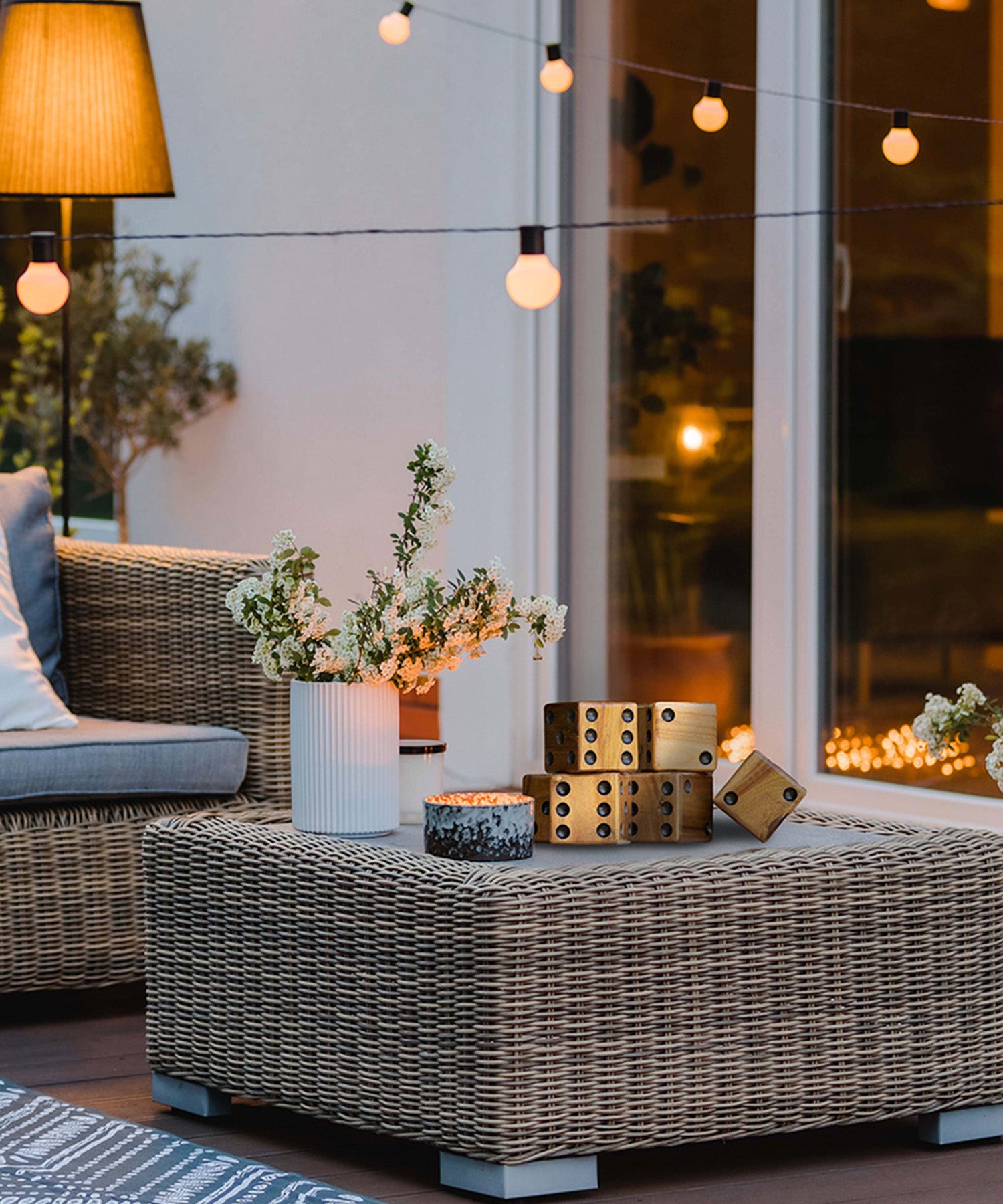Connect 4 may look like a simple game of aligning discs, but seasoned players know it's all about psychology. Much like in chess, understanding your opponent's mind—how they think, react, and strategize—can give you a huge edge. Connect 4 offers a perfect case study in game theory, cognitive biases, and pattern recognition, where each move reveals a bit more about your opponent’s approach.
In this article, we'll explore the psychological tactics that can help you anticipate and counter your opponent’s moves, turning the game into a battle of wits as much as one of skill.
Table of Contents
- 1. Anticipating Your Opponent's Moves
- 2. Game Theory in Connect 4
- 3. Cognitive Biases: How Opponents Might Sabotage Themselves
- 4. Reading Body Language (Even Online!)
- 5. Adapting Your Strategy to Your Opponent
1. Anticipating Your Opponent's Moves
The key to winning Connect 4 lies in predicting your opponent's next move. At any given moment, you can visualize several possible outcomes. But to truly get inside their head, you need to understand their playing style. Are they aggressive, making bold moves to trap you quickly, or do they play defensively, waiting for you to slip up?
Research on **anticipatory skills in competitive games** shows that top players in games like chess, poker, and even sports spend more time thinking about their opponent’s actions than their own. Applying this to Connect 4 means focusing on not just your strategy, but on countering theirs. A well-timed block or setup can throw off their entire game.
2. Game Theory in Connect 4
Game theory, which studies decision-making in competitive situations, is deeply relevant to Connect 4. In its simplest form, **game theory** suggests that every move you make should account for the reaction it provokes. In Connect 4, it’s not just about lining up four discs—it's about predicting the opponent's counter-moves and setting up traps that force them into a corner.
According to studies, in two-player zero-sum games like Connect 4, players often engage in a "minimax" strategy—minimizing the possible loss for a worst-case scenario while maximizing the gain for the best outcome. Understanding this concept can help you make decisions that put pressure on your opponent, forcing them to react to your moves instead of proactively setting their own traps.
Learn more about game theory here.
3. Cognitive Biases: How Opponents Might Sabotage Themselves
Every player brings biases to the game, and understanding those can help you take advantage of their weaknesses. For instance, some players might fall victim to the **recency bias**, where they overestimate the importance of their most recent success or failure. This might make them more predictable if they favor repeating a move that worked earlier or over-correct after a misstep.
Another common bias is the **confirmation bias**. Players might search for patterns in the game that confirm their preconceived strategies, even when those patterns don't exist. Recognizing when your opponent is locked into this mindset allows you to manipulate their decisions, presenting a false setup that they’ll confidently react to, only to fall into your trap.
For a deeper dive into how biases affect decision-making in games, check out this article on cognitive biases.
4. Reading Body Language (Even Online!)
In-person Connect 4 games offer the advantage of reading body language. A twitch, a moment’s hesitation, or a confident move can give you insight into your opponent’s state of mind. If they’re anxious, they might play more defensively; if confident, they might overextend themselves in an attempt to outwit you.
But what about online play? Surprisingly, even in a virtual setting, you can read "digital body language." Quick moves may indicate confidence, while delays might signal indecision. Additionally, in some online platforms, players have chat options, and their tone or frequency of messages can reveal their emotional state. Stay alert to these subtle cues to get a psychological edge, even when playing remotely.
5. Adapting Your Strategy to Your Opponent
No two Connect 4 games are alike, largely because every opponent brings their unique approach to the board. Adapting your strategy in response to their style is a hallmark of a great player. Some players might double down on offensive tactics, trying to win quickly, while others play a slow game, gradually building traps.
It’s important to start each game by observing your opponent’s tendencies, then adjusting your own play accordingly. Do they always block your moves immediately, or do they focus on their own alignment? Use their habits against them. If they’re predictable, set up false patterns to mislead them and create openings. Conversely, if they’re playing unpredictably, adopt a more defensive stance to avoid being caught off guard.
Conclusion
Connect 4 is as much a psychological battle as it is a strategic one. By understanding your opponent’s tendencies, biases, and decision-making patterns, you can gain the upper hand—even before the game reaches its halfway point. The next time you sit down for a match, remember: every move tells a story, and the better you are at reading it, the more likely you are to win.

























































